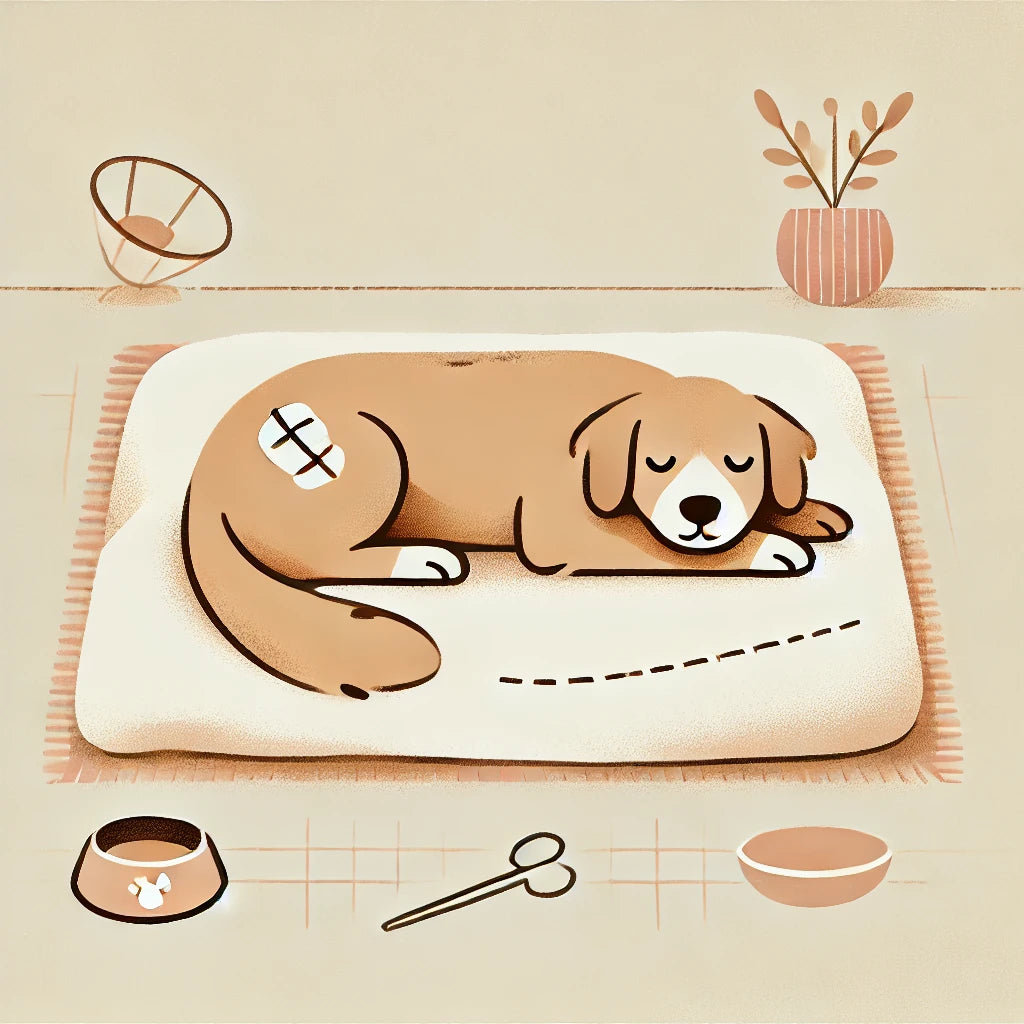Lipomas, those benign fatty tumors that quietly nestle under a dog’s skin, often lead pet owners to the ultimate question: Should I remove it? While removal is usually straightforward, complications—though rare—can occur. But what if we shifted the conversation? Instead of simply listing risks, let’s explore the holistic journey of lipoma removal in dogs, focusing on preparation, recovery, and ensuring the experience benefits your pet’s overall well-being.
Lipomas: Harmless or Harmful?
Lipomas are typically non-cancerous, soft masses that grow beneath a dog’s skin. They are often more of a cosmetic concern than a medical one. However, they may warrant removal if they:
- Interfere with Mobility: Large lipomas near joints can hinder movement.
- Grow Rapidly: Sudden changes in size could signal a more aggressive growth.
- Cause Discomfort: Lipomas pressing on nerves or organs may lead to pain.
For most cases, the decision to remove a lipoma involves weighing its impact on your dog’s quality of life.
The Decision to Remove: When, Why, and How
Surgical removal of a lipoma is often straightforward, but it’s essential to consider:
- Age of the Dog: Older dogs may face higher risks from anesthesia.
- Location of the Lipoma: Tumors near nerves, joints, or vital organs require more precision.
- Underlying Health Conditions: Dogs with compromised immunity or other illnesses may need additional care.
Once the decision is made, proper preparation is key to minimizing complications.
What Could Go Wrong? Potential Complications
Even with a skilled veterinarian, every surgery carries some risks. For lipoma removal, these may include:
-
Anesthesia-Related Issues
- Older or brachycephalic breeds may face challenges under anesthesia. Ensure pre-surgical testing for heart and lung function.
-
Infection
- Post-operative infections can occur, especially if the dog licks or irritates the incision site.
-
Seroma Formation
- A fluid-filled swelling (seroma) may develop at the surgical site. It’s usually harmless but can be uncomfortable.
-
Incomplete Removal
- In rare cases, remnants of the lipoma can regrow. A follow-up is necessary to monitor the site.
-
Delayed Healing
- Dogs with conditions like diabetes or hypothyroidism may experience slower wound healing.
-
Excessive Scarring
- Depending on the lipoma’s location and size, scarring may restrict mobility or cause discomfort.
Preventing Complications: Steps to Ensure a Smooth Surgery
Preparation and post-operative care are critical to minimizing risks. Here’s a game plan:
1. Pre-Surgical Prep
- Bloodwork: Ensure your dog’s organs can handle anesthesia.
- Diet Adjustments: Fast your dog as instructed to avoid complications during anesthesia.
- Bathing: Clean your dog’s skin before surgery to reduce infection risk.
2. Post-Surgery Recovery
- Limit Activity: Restrict jumping or running to avoid pulling the stitches.
- Use a Cone or Suit: Prevent licking or chewing at the incision site.
- Monitor the Site: Watch for redness, swelling, or discharge.
- Follow-Up Visits: Attend all vet-recommended check-ups to monitor healing.
3. Holistic Support
- Nutrition: Feed a balanced diet rich in omega-3s and antioxidants to support healing.
- Supplements: Consider natural anti-inflammatories like turmeric or fish oil to reduce swelling.
- Emotional Care: Surgery can stress dogs. Provide a calm, comforting environment during recovery.
Alternatives to Surgery: When Removal Isn’t Necessary
Not all lipomas require surgery. Alternatives include:
- Monitoring: Regularly measure and photograph the lipoma to track growth.
- Weight Management: A leaner body can reduce fatty tumor growth.
- Needle Aspiration: In some cases, a fine-needle biopsy can confirm the lipoma’s benign nature without removal.
For lipomas in non-critical areas, a “wait and watch” approach is often a safer and less invasive choice.
Changing the Narrative: From Fear to Empowerment
Complications, while possible, are not the norm. Most lipoma removal surgeries are uneventful and significantly improve the dog’s quality of life. As pet owners, focusing on preparedness, communication with your vet, and attentive aftercare shifts the experience from one of fear to empowerment.
Beyond the Surgery: Celebrating Resilience
Dogs are remarkably resilient. Their ability to recover from surgery and bounce back to their playful selves is a testament to their strength. Watching your dog regain comfort and mobility after a successful lipoma removal is a reminder of why the effort is worth it.
Conclusion: A Balanced Perspective
Lipoma removal is a decision that requires careful consideration and informed action. While complications are possible, they’re rarely unmanageable with the right precautions and care. By approaching the process holistically, you not only mitigate risks but also strengthen the bond between you and your furry friend.
Remember, it’s not just about removing a lump—it’s about giving your dog the best possible life, one step, wag, and cuddle at a time.

